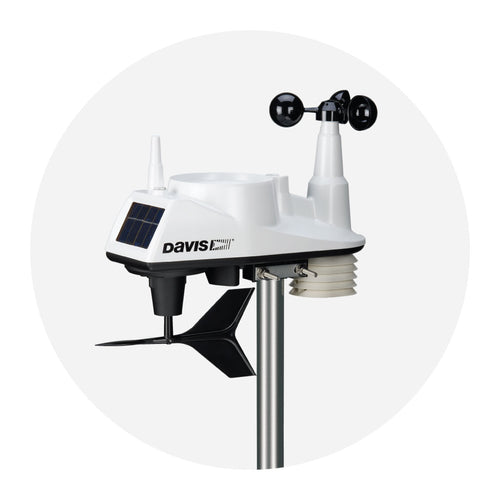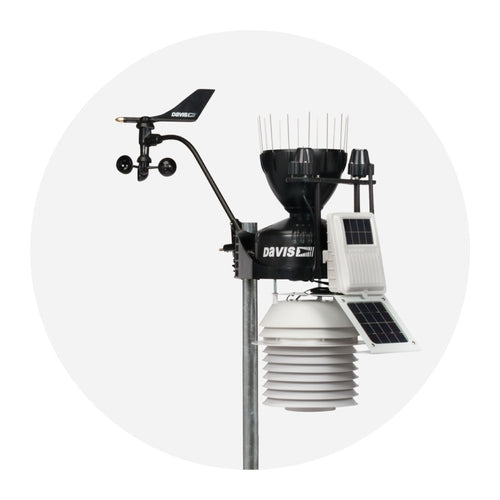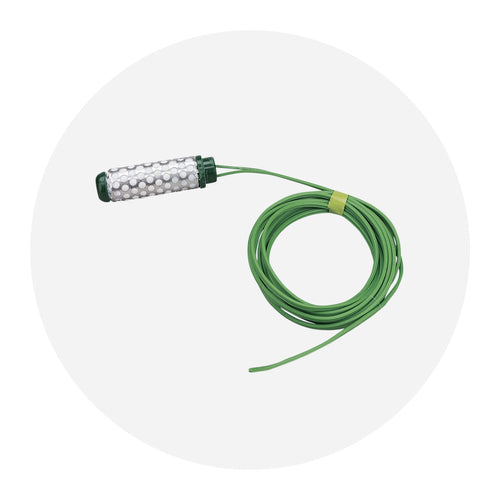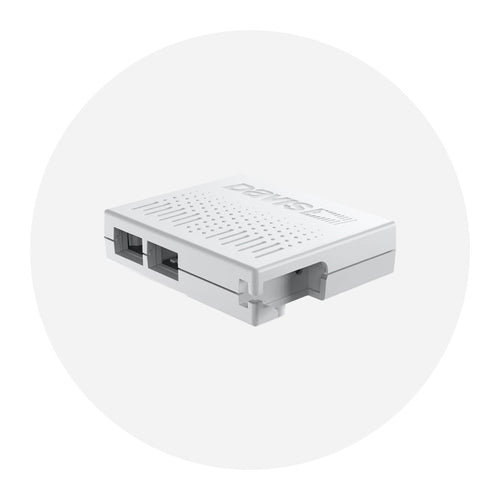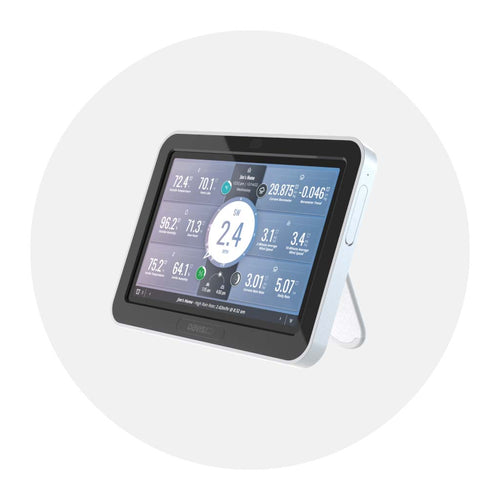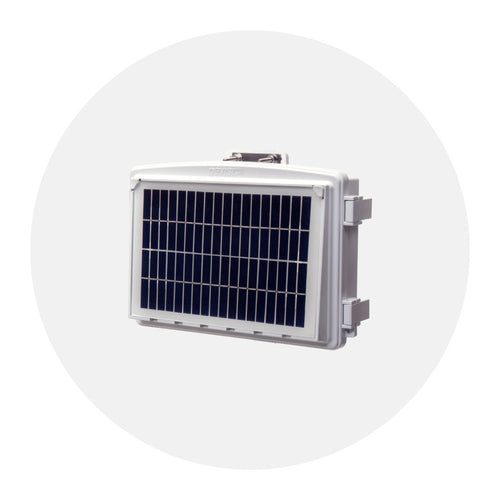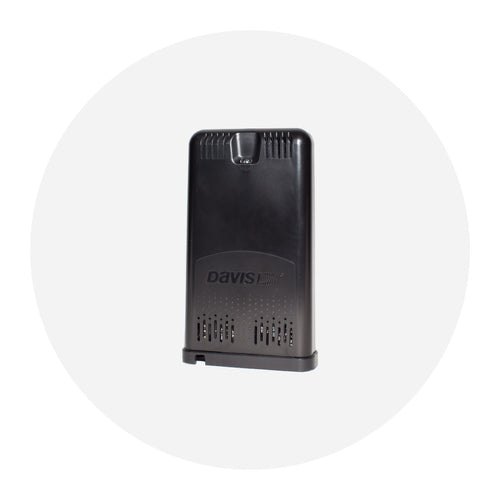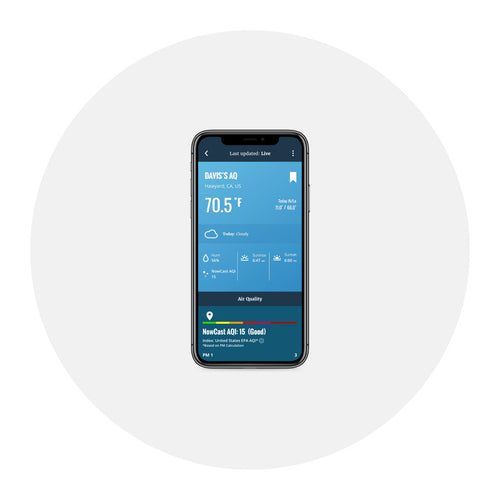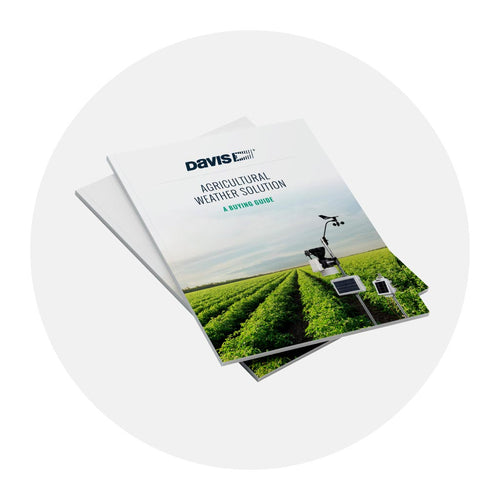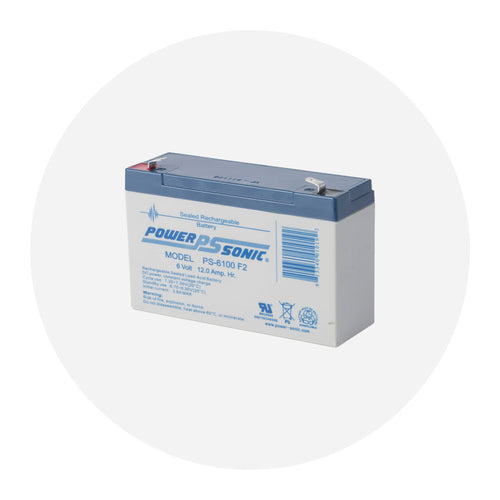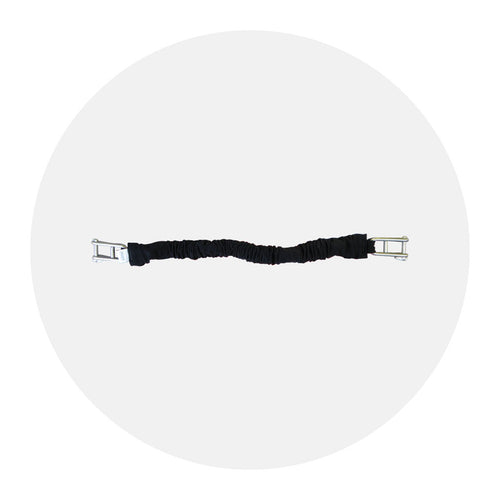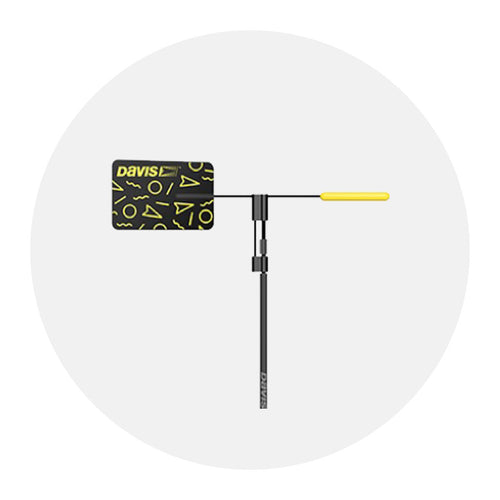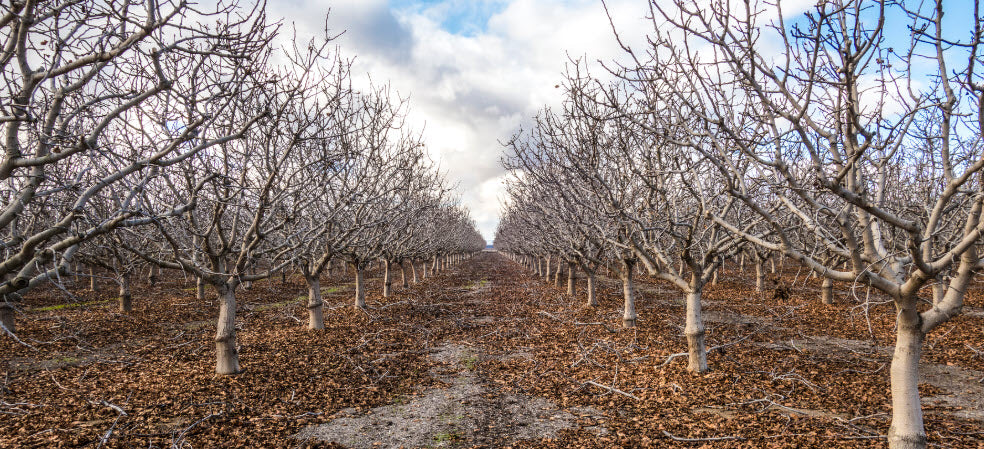
How to Monitor Chill Accumulation for Orchards and Vineyards
This time of year around Halloween can be very scary – especially for stone fruit and grape growers. It is the beginning of a crucial period in the lives of their precious trees and vines: winter.
Stone fruit trees and grapevines, like many other plants, protect themselves from cold temperatures by settling in for a long winter’s nap. After summer’s fruit has been picked, the plants focus on developing new buds. They then protect those buds by shutting down and settling into winter dormancy. During this period of “sleep,” the tree or vine is more immune to the effects of freezing because it focuses energy that was previously dedicated to growing toward hardening itself to maintain healthy internal temperatures. In this way, weathering the chill is actually an essential part of a tree’s lifecycle.
If you're hoping to learn more about how chill affects plants and how to measure it, keep on reading for a high-level introduction on everything you need to know. If you're already familiar with the importance of tracking chill accumulation, jump on over to our Agricultural Weather Solutions Guide to learn more about specific tools you can use to track chill requirements and GDD, measure soil moisture, monitor flow meters, create frost alarms, and more!
What is chill accumulation?
Dormancy happens in stages for both stone fruit trees and grapevines, and while there are slight differences between the two, they follow the same general pattern. First, the plants enter a pre-dormancy or para-dormancy phase in the autumn, where the tree or vine begins to recognize a warm day from a cold one. During that phase, they're dedicating energy to bud development on warm days and maintaining temperature on cool ones.
During the second stage, the plants enter deep winter dormancy (known as endodormancy), soaking up the chill in packets of hours or units, called chilling accumulation, and hardening themselves to protect buds. (You can think of chill calculations as the inverse of growing degree days.)
When chilling accumulation begins to decline and temperatures outside rise, the plants begin to wake up and enter ecodormancy. During ecodormancy, trees and vines can grow when temperatures are friendly but also protect themselves as needed, like they did in the fall. By the end of that phase, the vine or tree will present its buds and prepare to flower, heralding springtime.
How is chilling accumulation measured?
There are a few different methodologies and calculations that can be used to determine chilling accumulation, but the three most common are:
- Chilling Hours: The simplest method for calculating chilling accumulation is chilling hours. Chilling hours are the number of hours equal to or less than 45⁰F, starting on November 1.
- Dynamic Chilling Portions: In places like the orchard-dotted California central valley, winter temperatures are warmer, and growers are most concerned with knowing whether their trees get enough chill. The Chilling Hours method alone doesn't account for days when temperatures rise back above 45⁰F, cancelling out some of the accumulated chill. Dynamic Chilling Portions compensate for temperature fluctuations by starting earlier, on September 1, and using a wider range of temperature, from 32 to 55⁰F. In this calculation, chilling units are called chill portions.
- Utah Chilling Units: This calculation method is based on the theory that not all chilling hours are equal. It applies different weights, or units, to every hour by temperature. For example, an hourly temperature reading below 34⁰F gets zero units, but an hour with a temperature reading of 40⁰F gets one unit. An hour that comes in over 65⁰F gets a negative one.
Why do growers care about chilling accumulation?
A layperson might assume that growers’ only goal is to protect plants from cold temperatures, but surviving a given amount of cold is key to a tree or grapevine's robustness for the following harvest year. If plants don’t accumulate enough chill units, the grower may have to deal with a host of problems, including:
- Delayed foliation
- Bare shoots
- Weakened trees or vines
- Delayed or extended bloom
- Weak budbreak
- Flowers that just fall off
- Fruit that never develops
- Increased risk of pests and disease
- Poor-quality fruit
On the other hand, too much chilling is absolutely problematic. It can cause the plants to assume winter must be over and end their dormancy too soon, leaving them exposed to damage from a late-season freeze. Excess chill can also produce a short bloom season and heavier fruit, which means more work in the field to thin and a higher-effort year in general.
Georgia peaches: a chilling case study
To put a real-world face on the things, let’s take Georgia, the Peach State. What might we get if Georgia temperatures continue to rise, following global trends? Possibly the Ex-Peach State.
While peaches love the Georgia sunshine, peach trees also depend on chilling hours – requiring as many as 850 to produce a healthy bloom season.
According to National Geographic, the temperatures in Georgia have risen 5°F in the last 60 years, and that trend is expected to continue. What can peach growers do? Plant trees that need fewer chilling hours? Maybe, but those trees will bloom earlier and can be injured by a late frost. Plant trees that resist frost? Sure, but then growers still have to cross their fingers and hope they get enough chill accumulation for a good harvest.
Peaches are just one of many crops that depend on chilling hours. The problems created by warmer winters in Georgia underscore the importance of chill hours for stone fruit tree growers.
How to monitor chilling accumulation with Davis
Growers with a Davis EnviroMonitor system and the Mobilize app have a powerful tool in keeping their trees strong and protected.

The Mobilize app lets growers see exactly how close their crop is to the chilling target using temperature and humidity data from a Davis weather station or a Temperature/Humidity Sensor in an EnviroMonitor Node. They’ll see accumulated chill units as well as a four-day chill forecast. Mobilize will also alert them when an action is needed. For example, growers can know when enough chill has accumulated that they can safely begin thinning; or when rest-breaking agents are needed to mitigate insufficient chilling.
Growers using Mobilize just choose their chill calculation method, set the chilling target and start date, and start watching their crop’s chilling progress. Mobilize supports a variety of methodologies for chilling accumulation, including Chilling Hours, Dynamic Chilling Portions, and Utah Chilling Units.
Whatever the method, whatever the crop, Mobilize makes tracking chilling hours easy and gives growers the actionable information necessary for a successful harvest.
HOW CAN ENVIROMONITOR HELP YOU MAKE DATA-DRIVEN DECISIONS TO INCREASE YIELD WHILE REDUCING WASTE AT YOUR FARM?
Click here to set up a free consultation with an EnviroMonitor specialist.
In the face of escalating environmental risks, AEM is the essential source for insights on weather, climate, lightning, floods, wildfires, water management, and more.
Learn more about AEM and all of our solutions here.


